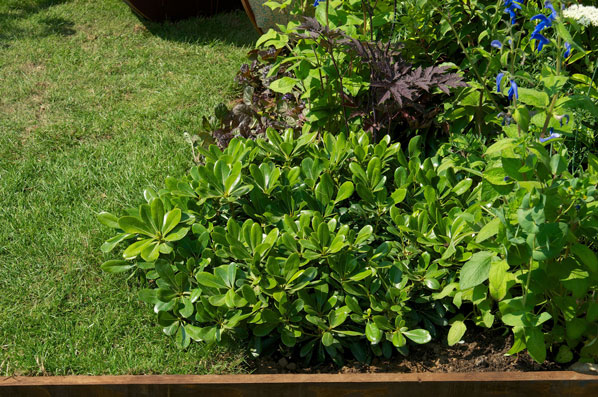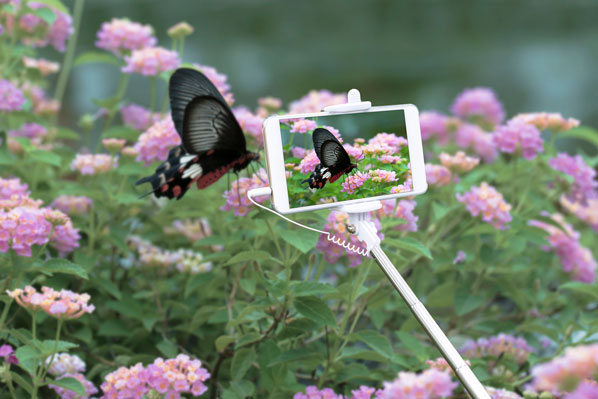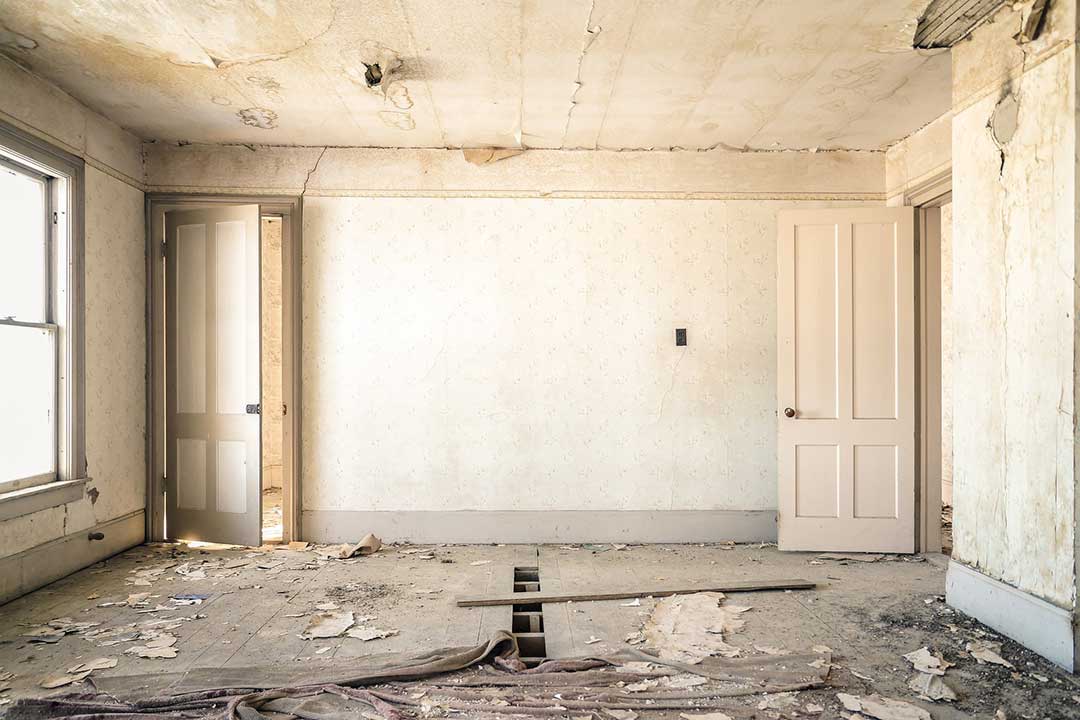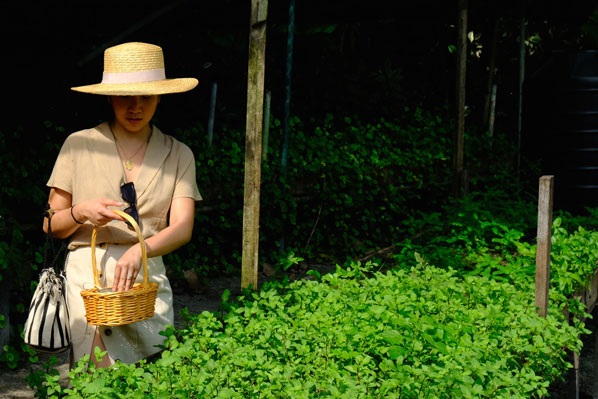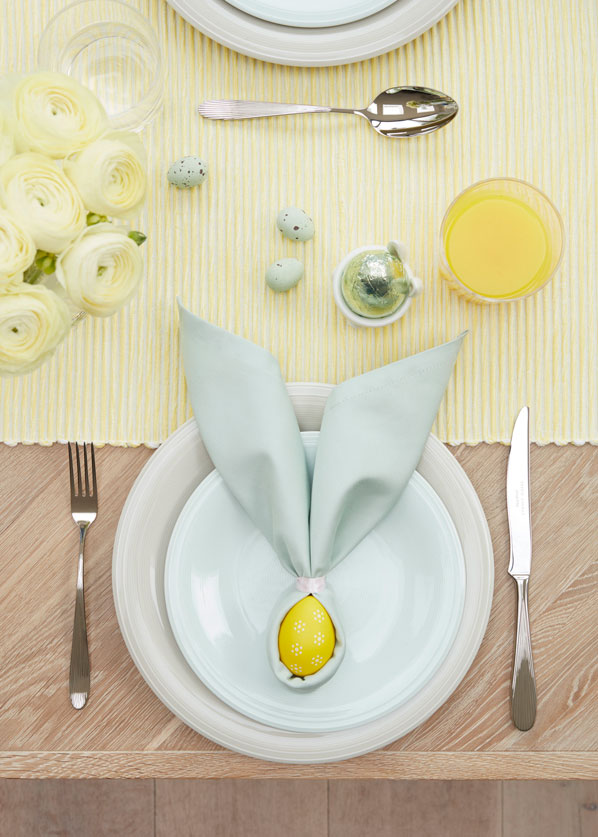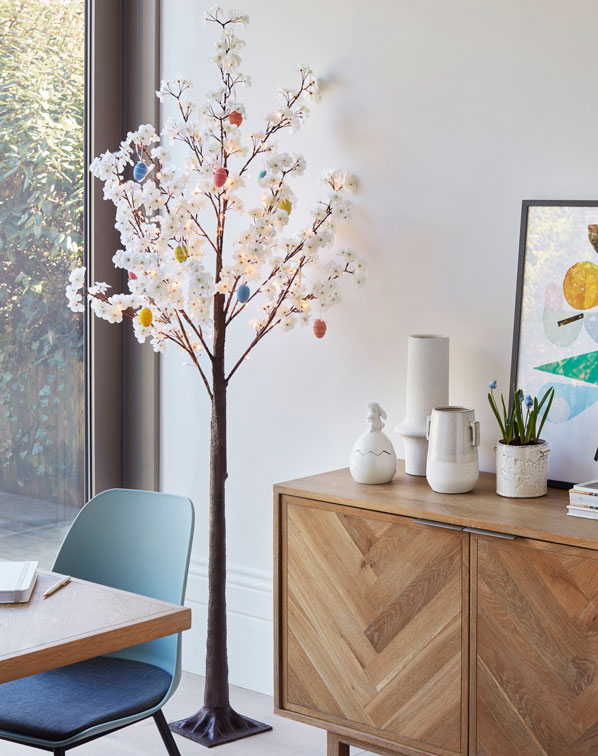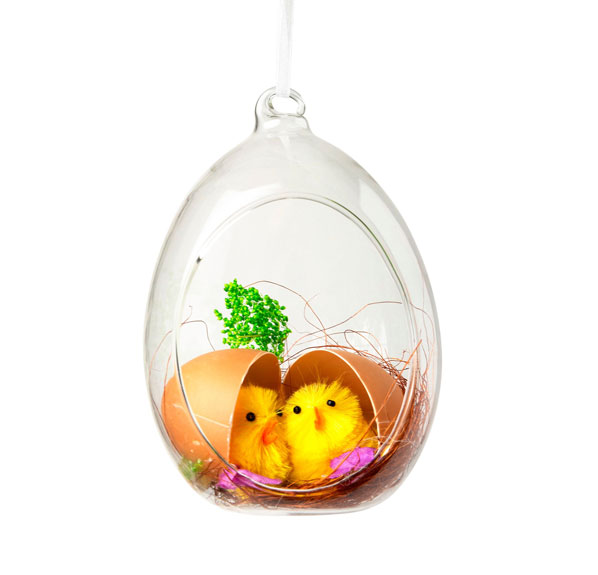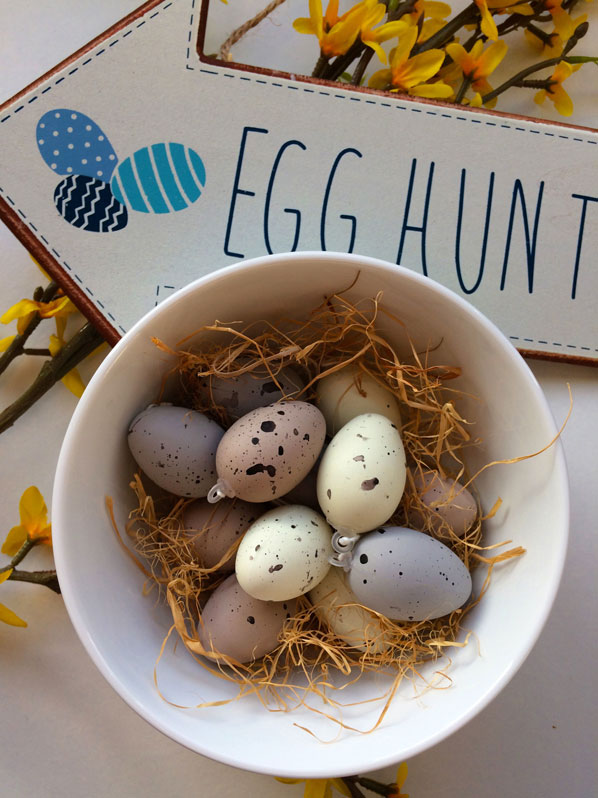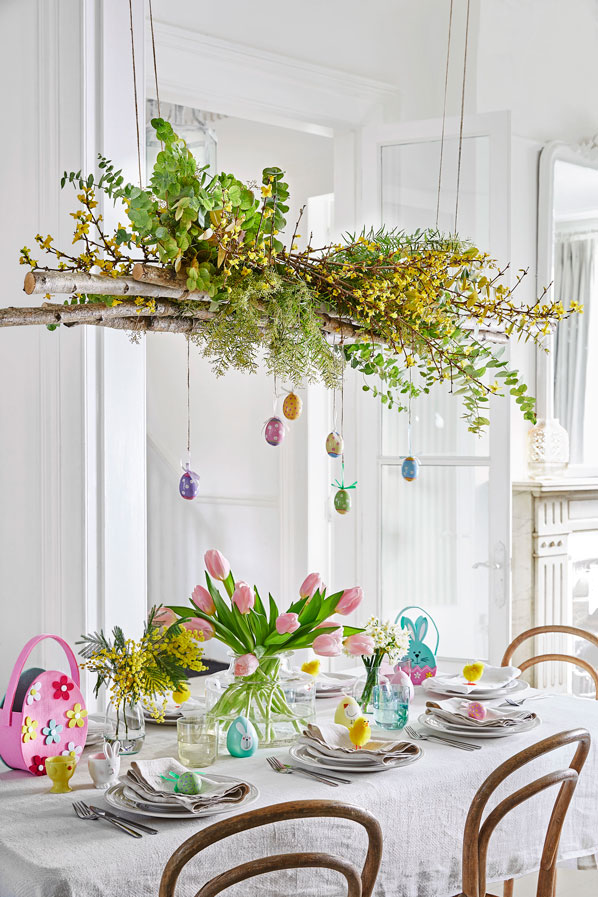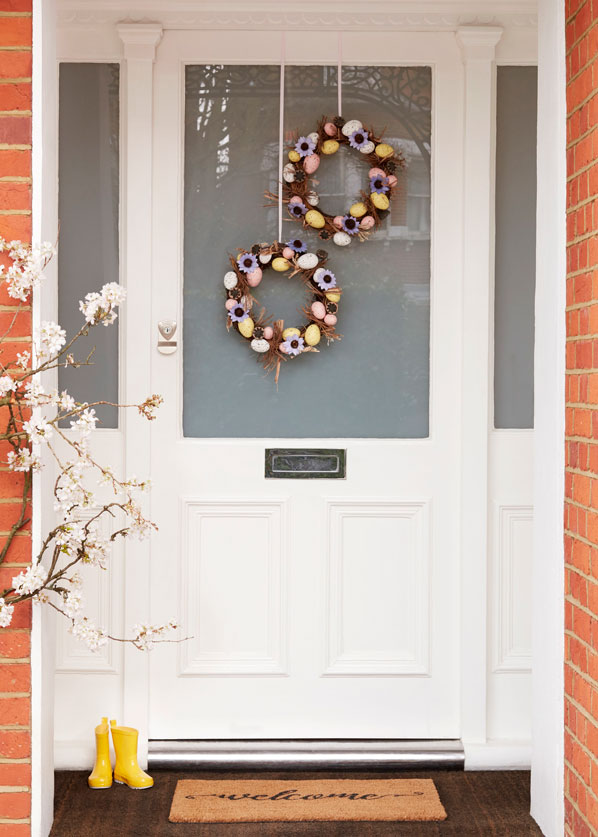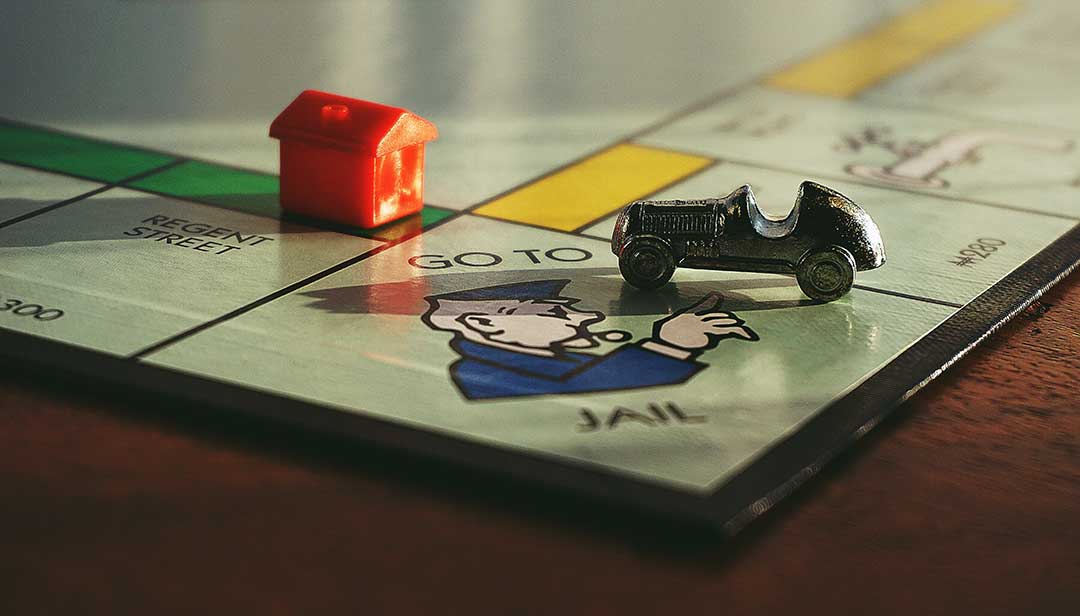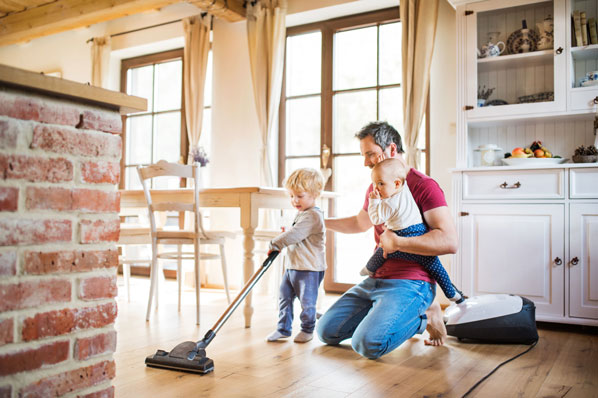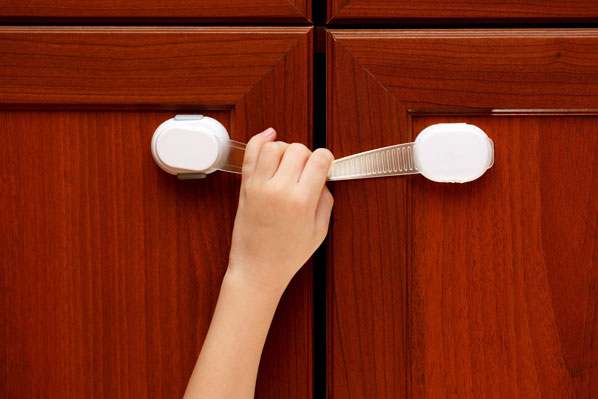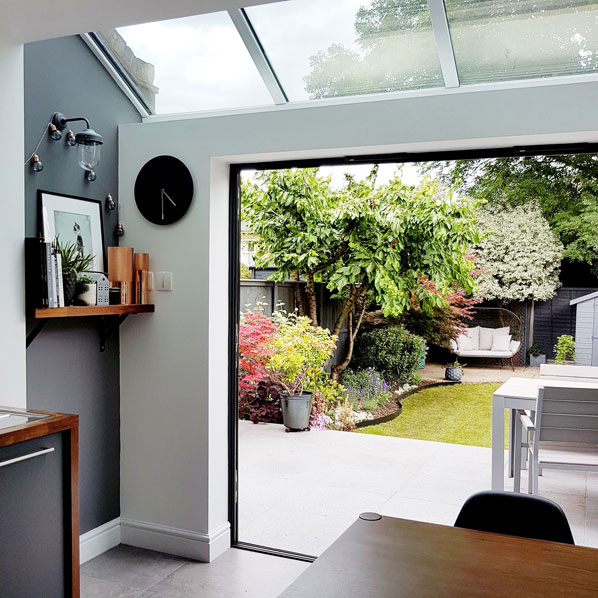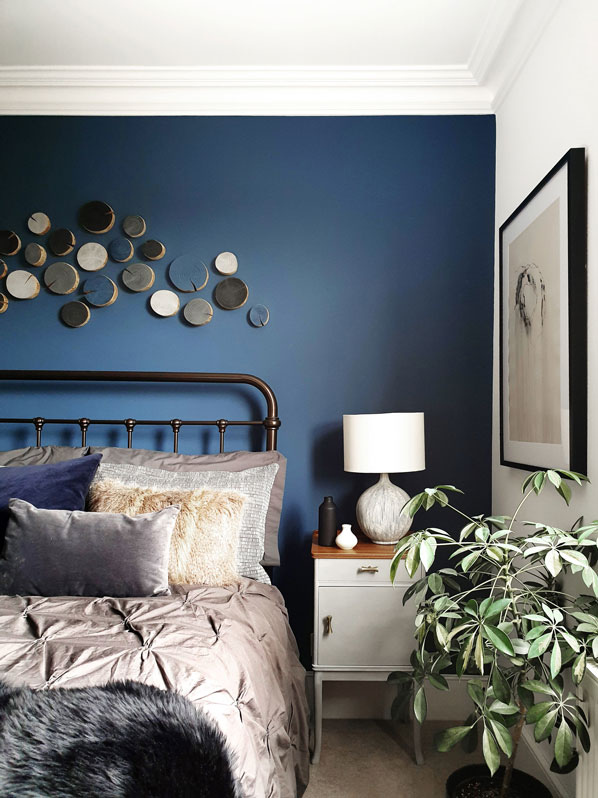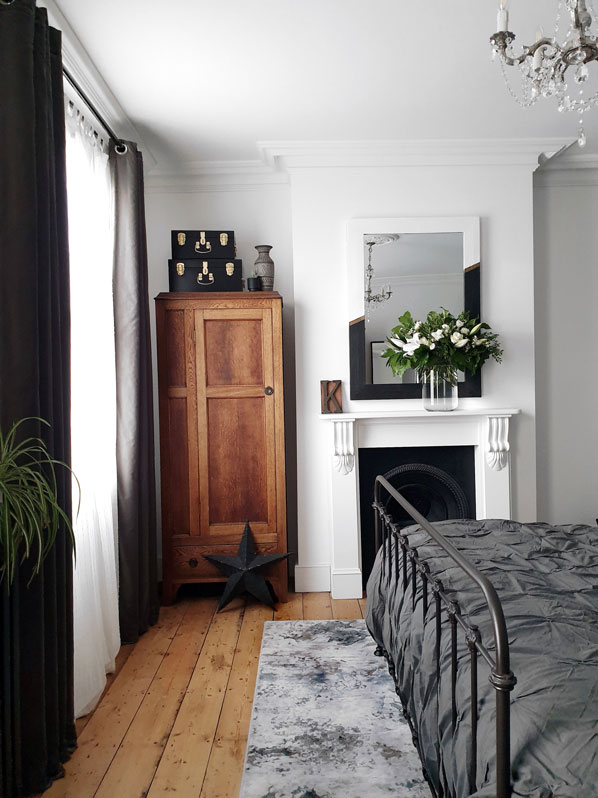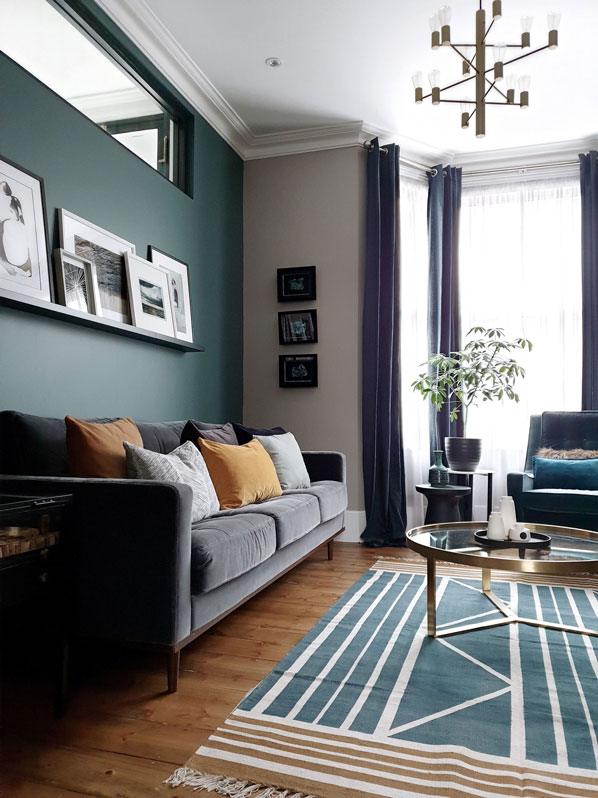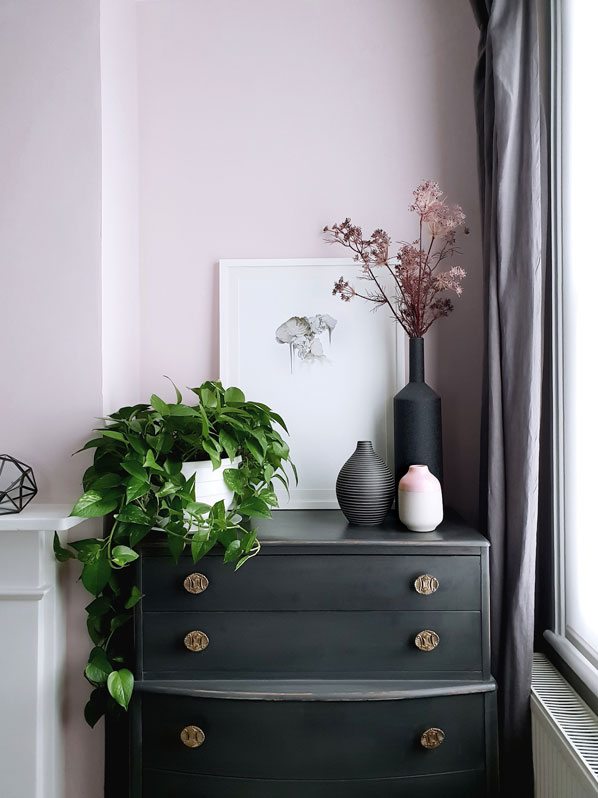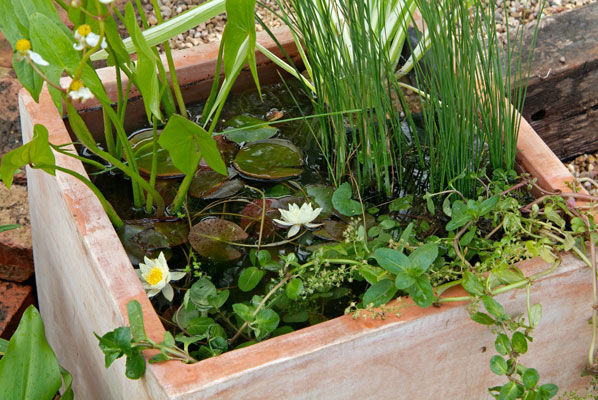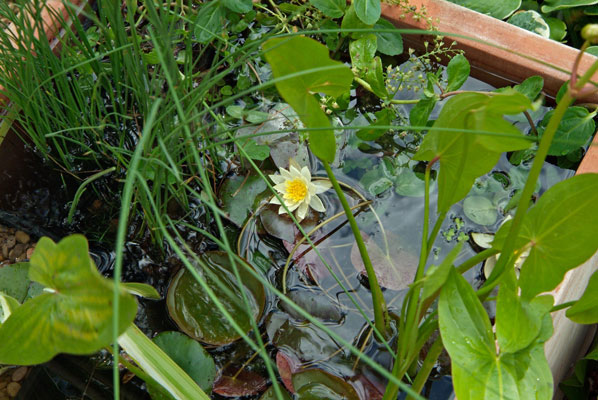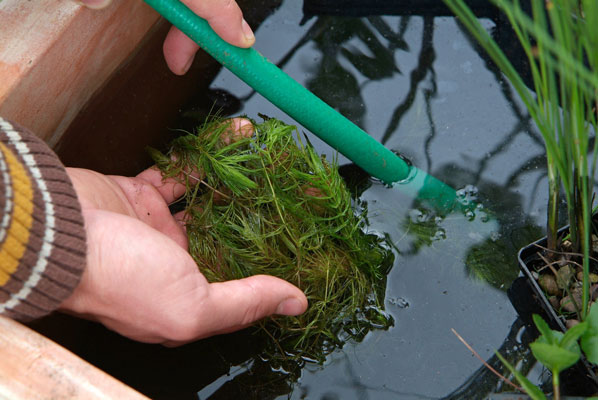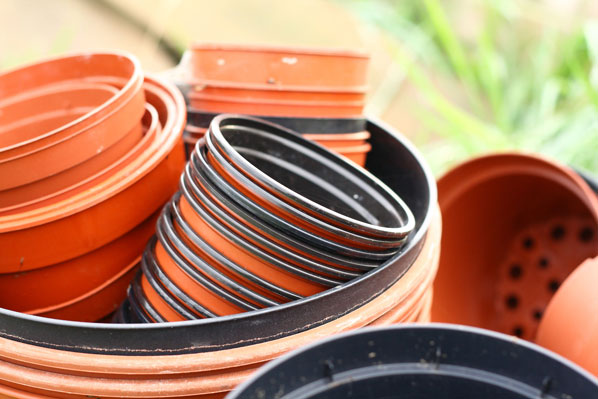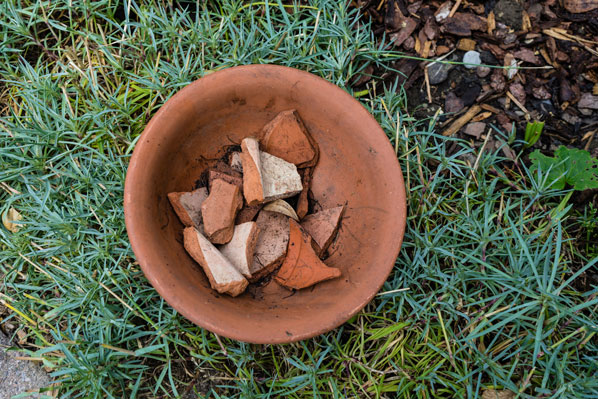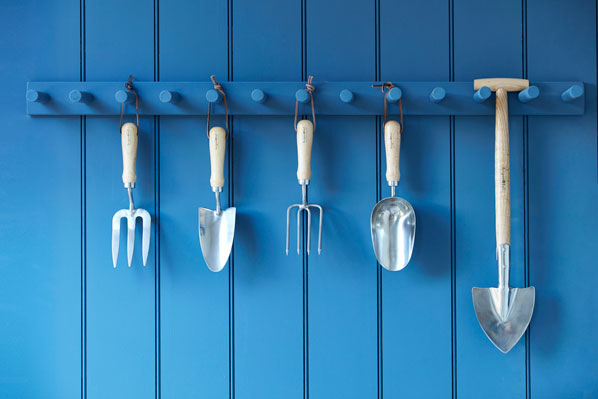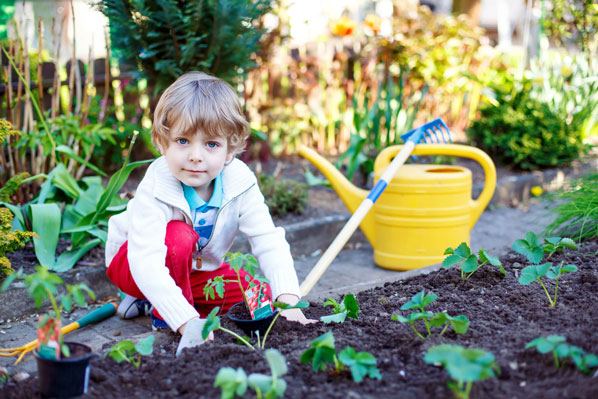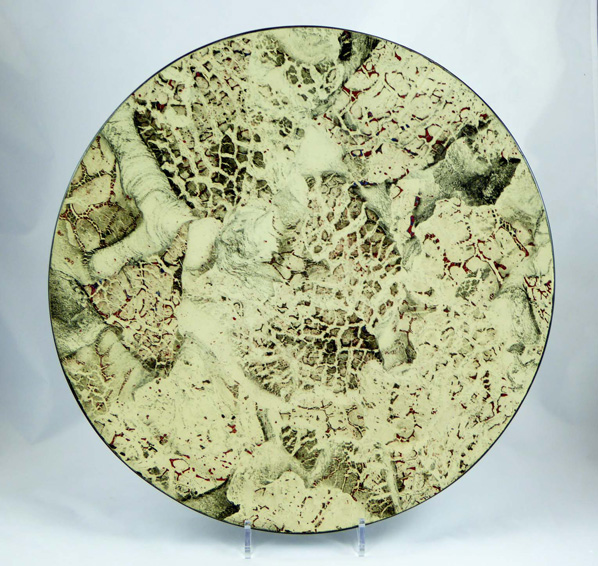It's all about Information, Information, Information, says the property guru.
Ever moved into a new house and realised that your new neighbour is the drummer for an amateur metal band? Or snapped up a new pad only to discover that the bedroom turns into a swamp every time it rains?
We sincerely hope the answer is no, but given how complex, difficult and murky property deals can be, that may be more by luck than judgement.
Property expert and investor Phil Spencer has headed up Channel 4’s Location, Location, Location alongside Kirstie Allsopp for almost two decades, and has now set up Move IQ, a website that uses complex algorithms to produce 45-page status reports on properties.
He took some time away from the cameras to comb through the real estate red flags that should make you dig a little deeper – if not send you running for the door.

Cautionary tales
We don’t want to alarm you, but there are a lot of traps you can fall into when assessing a property. “I know of one sale where the buyer didn’t do their research,” says Spencer, “and bought a house without realising the neighbours were running a business with 24-hour deliveries.”
That’s just the tip of the iceberg, and Spencer is full of anecdotes about property purchases that went pear-shaped. “I’ve worked on several cases of buying a house from a divorcing couple, when you find out later that the person still in the house doesn’t want to sell. That makes for an extremely complicated negotiation.”
“There are lots of examples of people buying houses, and then finding out that the right permissions weren’t in place for building work done by the previous owner. If a house has probate, that can be complicated… Honestly, it’s a minefield.”
The very last thing you want at the sharp end of a property deal is a sudden, nasty surprise. So, how can you ensure you don’t end up as another anecdote on Phil Spencer’s list?

Knowledge is power
Unfortunately, the most worrying warning signs are the ones you can’t see. “Your priority is misinformation,” says Spencer, “you need all your info to be as accurate as possible, and it will come primarily from the estate agent and the vendor. Ask direct questions, ask them again, and then ask the same questions of different people.”
We wouldn’t want to cast any aspersions, but you can take it as read that estate agents aren’t going to lead with the negatives.
“The key thing,” says Spencer, “is to ascertain why the house is being sold. People often try to muddy the waters and it’s up to you to get to the bottom of it. Have they outgrown the house, are there financial reasons, or is there an argument with a neighbour?”
“There are plenty of valid reasons for selling, but it’s going to come down to negotiation, and you want to know how motivated the vendor is to do the deal. Will they want to conclude quickly, and how willing might they be to agree to a price reduction?”
Once you’ve got a number on the seller, you can turn your attention to the house itself. “You need to understand the marketing history,” says Spencer. “Is there any interest, has anybody made an offer, and has anybody had a survey done?” If the house has been on the market for six months under a different agent, undergone repeated surveys and fallen through three times, then that’s need-to-know information.
Next up is the price – is it reasonable? “The internet has made making comparisons easier than ever, but you need to be sure you’re looking at fairly recent sales,” says Spencer. “Pounds per square foot is a useful rough guide; work it out for the property you’re interested in, and compare with others in the area.”
“Remember, this is just a rule of thumb, and takes no account of condition, views, garden, and so on.”

Buyers and sellers
You and your vendor don’t need to be bosom buddies – or even make each other’s Christmas card lists – but there’s a certain amount of trust at the heart of every sale.
“You don’t have to go for dinner and drinks, but you want to know that they’re selling you the truth,” says Spencer. “If you ask a direct question, you need to be confident you’re getting an honest, if probably gilded, answer.”
Unmotivated sellers can spell trouble – last-minute mind-changing can be infuriating and costly – and be wary of overly-canny sellers straining every sinew to show their house at it’s best. “If the table is laid for dinner, there’s fresh bread baking, and the smell of percolating coffee,” says Spencer, “keep your wits about you!”
“I’ve also seen examples of sellers stowing things in storage to make their house look roomy enough for children and two adults. There is, if you move half your stuff out.”
Beware stubbornness, not just in your vendor but in yourself. “Sometimes people become ‘principled’ in property negotiations,” Spencer says. “It’s not the time – if you’re paying good money for something, don’t fall out over a loo seat or a fridge. I’ve seen little things like that derail massive property deals – just respect that it’s someone’s home and they can get a bit emotional.”
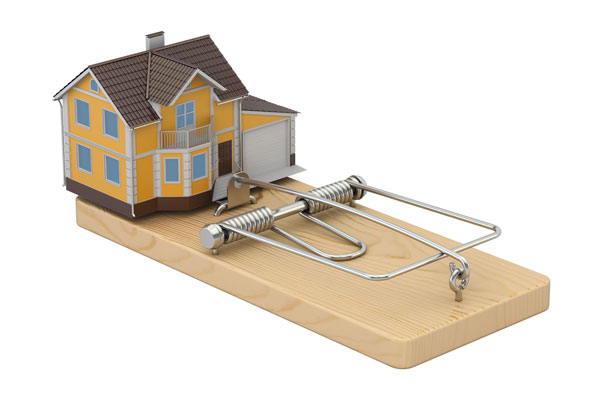
Bricks and mortar
For many, a house viewing involves scouring every nook and cranny for dry rot, blue tack stains and missing roof tiles, but for Spencer, such practical pitfalls are a secondary concern. “I wouldn’t get overly het up about it,” he says, “the surveyor will come in and give the house the once over.”
“If it’s of interest, by all means go over the house with a fine tooth comb – you can easily see for yourself if the windows are rotting, there are cracks in the walls or the bath leaks. Just remember, there’s nothing wrong with any of these – so long as it’s reflected in the price.”
Much more important are pre-existing works and renovations, and the paperwork surrounding them: “If you do end up negotiating, you want to be able to warn your surveyor and solicitor about any extensions, because you’ll need the forms and permissions that support that work.”



